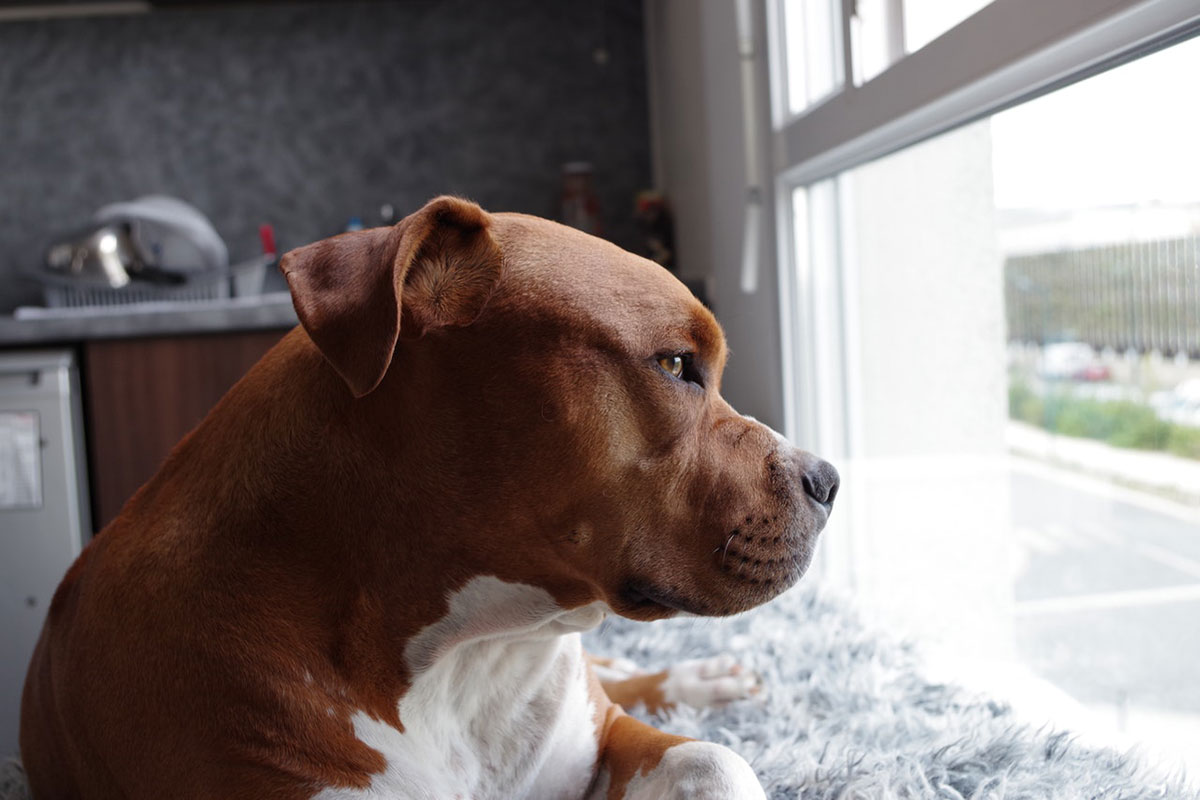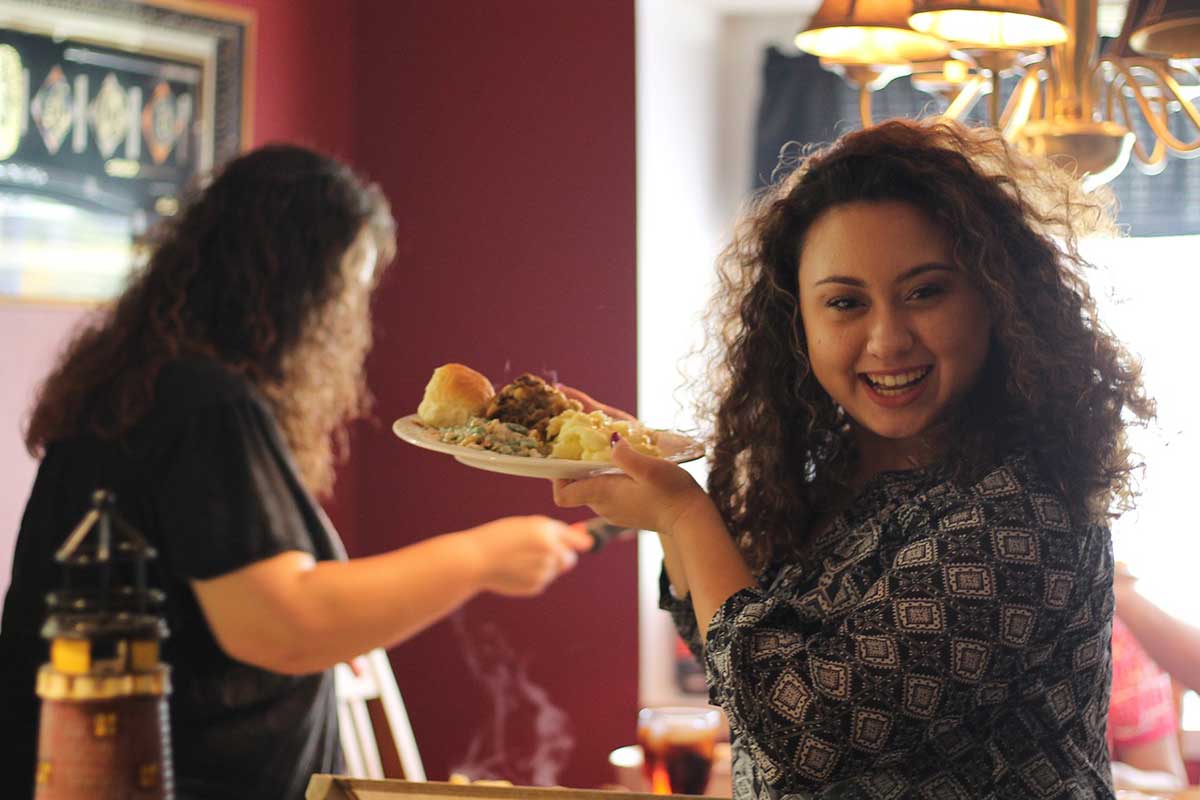Rugby is a complicated game. In a recent study, over 90% of professional players said that they did not understand most of the rules. Worringly, an alarming 96% of referees said the same. Rugby Positions
WalesOnCraic explains what they should be doing in theory.
The Props (No’s 1 or 3)
There are two props in every team, the tight-head and the loose-head. In theory, this relates to which side of the hooker and they ‘prop’ him up at the scrum. That’s all they have to do in the game and the position requires no running or jumping or anything else.
Hooker (No 2)
The hooker is the poor blighter who gets stuck right in the middle of a scrum. He’s also supposed to throw the ball into the lineout, but due to constant neck compression in the scrum affecting their hand/eye co-ordination, most hookers couldn’t hit a barn door from two feet away.
Second Row (No 4 & 5)
Sometimes called locks, these guys jump up for the ball in the lineout. Typically, they are over 6’10 and you can spot them thanks to the bandages they tape around their ears. This is to prevent their ears from being ripped off when the leave the scrum too quick to accidentally knock the ball on.
Back Row (No’s 6 & 7)
Often called the ‘dogs’ of the pack. Presumably because they smell of Pedigree Chum after an 80 minute game.
No.8 (No. 8)
The No. 8 is there to secure the scrum and to run at people, hopefully trampling all over their opponents and leaving studmarks on lots of faces.
Scrum Half (No 9)
The scrum half is the link between the pack and the backs. As such, he is the player most likely to get late tackled. He has to put the ball into the scrum in such a way that the first person to touch the ball is the second row in his team. He then takes it out of the scrum where he expects it to (unlikely).
The Fly-Half (No 10)
The fly-half is generally the person who gets abuse from the crowd for kicking the ball around too much. They also like to try and bluff their way past defenders. However this usually results in a horrific tackle and shouts of “Why didn’t you kick it?”
Wings (No’s 11 & 14)
These speedsters are rarely used in a game and often get bored and come infield, leaving the forwards to cover their position. Can cover role of spectator or linesman.
Centres (No’s 12 & 13)
There are two centre positions – inside and outside centre. The inside centre’s job is to shout to the No 10, “If you’d have passed that then, I’d have been in” and the outside centre’s job is to shout the same thing to the inside centre. Inside centres like to play ‘crash ball’ where he runs heads first into an opponent. This can go one of two ways – a spectacular breakthrough or a visit to the local hospital.
Full back (No 15)
Full-backs often look a lonely sight. It is their responsibility to be the last person to miss the tackle before the opposing side score. Often put under a ‘high ball’, the full back is often gets ‘swivel eye syndrome’ where they keep one eye on the ball and the other on the opposing team closing in on them. Like to shout ‘Mark’ a lot, presumably a friend of theirs.








